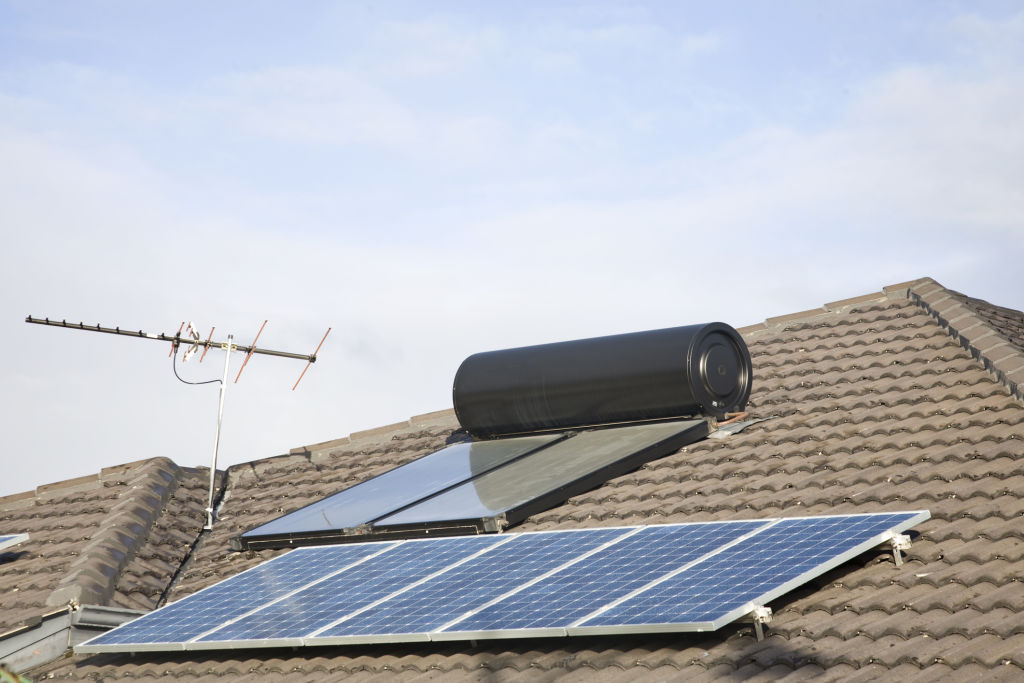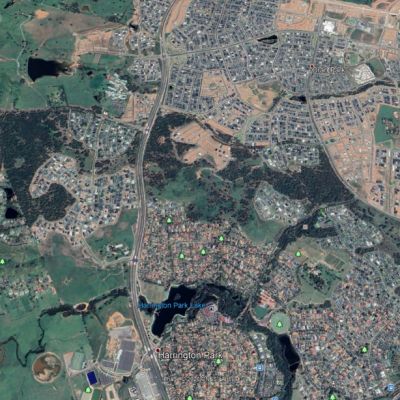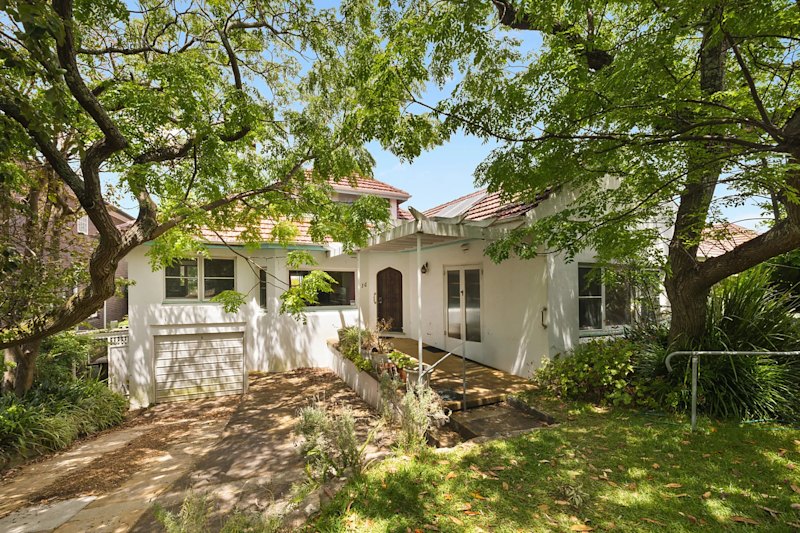Avoid energy bill shock: National energy efficiency scheme NatHERS to be expanded to existing homes
Some home buyers are set to get more information about how much energy their potential new home uses before they purchase, under an expanded national rating scheme.
The Nationwide House Energy Rating Scheme, or NatHERS, focuses on new homes but will be expanded next year to include rating existing buildings, a spokesman for the Department of Industry, Science, Energy and Resources confirmed to Domain.
A NatHERS rating as it is now is a star rating between zero to 10 showing how much energy is required to heat or cool a home, based on its design.
New homes in Australia are required to have a six-star rating or higher.
Energy-efficient homes can help residents lower their energy bills, and previous research shows they are popular enough among buyers to attract a price premium.
But the program has had a blind spot since its inception in that it couldn’t be applied to existing structures, University of Wollongong Sustainable Buildings Research Centre research fellow Daniel Daly said.
“With existing homes at the moment, we don’t understand what type of homes are out there,” he said. “Having a nationally consistent rating system lets us support people improving the efficiency of their homes in an evidence-based way.”
One existing scheme the expanded NatHERS could look like is the Victorian Efficiency Scorecard, which looks at thermal efficiency as well as the energy efficiency of lights and appliances.
It also takes into account the effect of solar panels and other renewables on energy usage.

In Victoria, home owners and renters can apply to get their house or unit rated against the scorecard, and get tips on how to improve its rating from the assessor.
A spokesman for Department of Industry, Science, Energy and Resources confirmed this, and told Domain the expanded scheme should be finalised by mid-2021.
“NatHERS will also be expanded to capture the overall energy performance of a home [thermal performance combined with appliances] instead of only a home’s thermal performance,” the spokesman said in a statement.
“These changes mean more Australian households will be able to determine the energy efficiency of their home and make informed decisions about how they could improve their home to lower their energy bills.”
The scorecard in Victoria is not mandatory yet, and the new NatHERS rating will not be either.
Dr Daly said it was a good first step, and would likely be an extra sweetener for sellers who could already afford to make their home more efficient.
“The approach they’re taking seems to be a very sensible first step,” he said. “The scorecard is the most developed tool for rating existing homes at the moment.
“Until it becomes mandatory, it is always going to have a low take-up. The take-up will be with people who have a highly rated home to use as marketing.”
Dr Daly has previously done research that showed energy-efficient homes sold for as much as 10 per cent more and were on the market for less time.
He said a mandatory scheme would be helpful to fight climate change and to reduce Australians’ energy costs, but needed to be eased into.
“I think it’s important that there’s a plan in place to make sure there’s a qualified pool of assessors before it becomes mandatory,” Dr Daly said.
He also praised the nationally consistent efficiency scheme, which has been on the policy wish list from housing experts for years.
“Not every home needs to have one, but when you rent or sell your home you should get a rating,” Dr Daly said. ”This is a really important first step and it’s really good that this is a nationally consistent scheme.
“States were developing their own tools, which were muddying the waters.”
We recommend
States
Capital Cities
Capital Cities - Rentals
Popular Areas
Allhomes
More
- © 2025, CoStar Group Inc.










